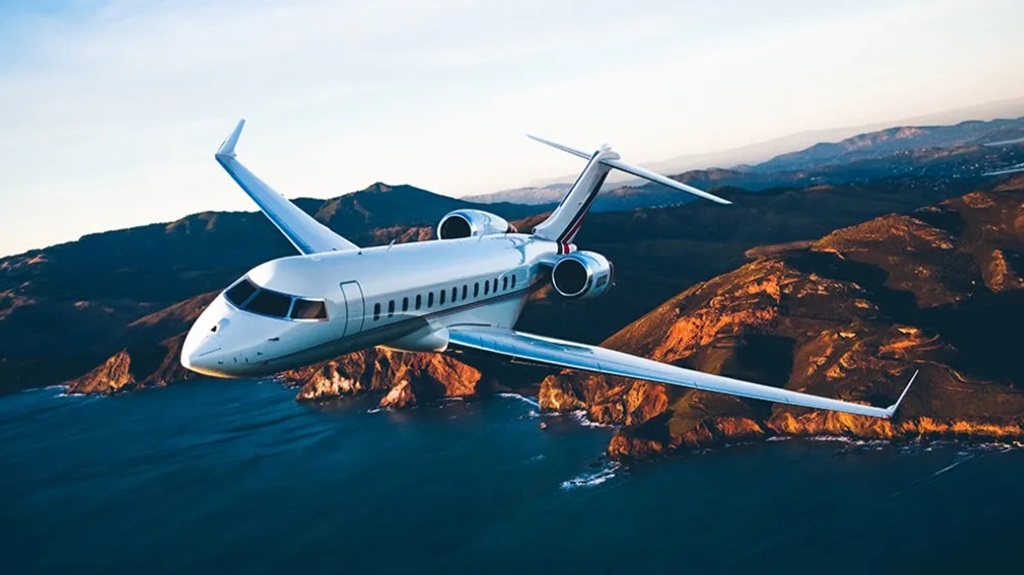Air travel has become an integral part of our globalized world, connecting people and places like never before. The ability of an aircraft to cover vast distances without refueling is a critical aspect of modern aviation. In this article, we’ll explore the factors influencing the flight range of planes, delve into the history of long-haul flights, examine technological innovations, and discuss the practical implications of extended flight ranges.
How Far Can a Plane Fly Without Refueling
In the vast expanse of the sky, the question arises: How long can a plane stay aloft without the need for a refueling pitstop? To answer this, we must unravel the complexities of aviation, considering various factors that contribute to a plane’s endurance.
A. Brief Overview of the Importance of Flight Range
The ability of an aircraft to cover great distances without refueling is not just a technological feat but a necessity in our interconnected world. From commercial flights to military operations, understanding the factors influencing flight range is crucial for optimizing travel and transportation.
B. Mention of Technological Advancements in Aviation
Over the years, aviation has witnessed remarkable technological advancements, pushing the boundaries of what was once deemed impossible. These innovations play a pivotal role in extending the flight range of different types of aircraft.
Factors Affecting Flight Range
When contemplating how long a plane can fly without refueling, it’s essential to consider the myriad factors that come into play.
A. Aircraft Type and Design
The design and type of an aircraft significantly impact its endurance in the air. Commercial airplanes, military jets, and private aircraft each have unique features influencing their flight ranges.
B. Fuel Efficiency
Fuel efficiency is a key determinant in the distance a plane can cover before needing to refuel. Technological advancements have led to more fuel-efficient engines, enhancing the overall range of modern aircraft.
C. Payload Capacity
The amount of weight an aircraft can carry, including passengers, cargo, and fuel, affects its ability to sustain long flights. Balancing payload capacity with fuel efficiency is crucial for extended ranges.
D. Weather Conditions
External factors, such as weather conditions, play a vital role in determining how far a plane can travel without refueling. Headwinds, turbulence, and adverse weather can impact fuel consumption and overall flight range.
Longest Non-Stop Flights in History
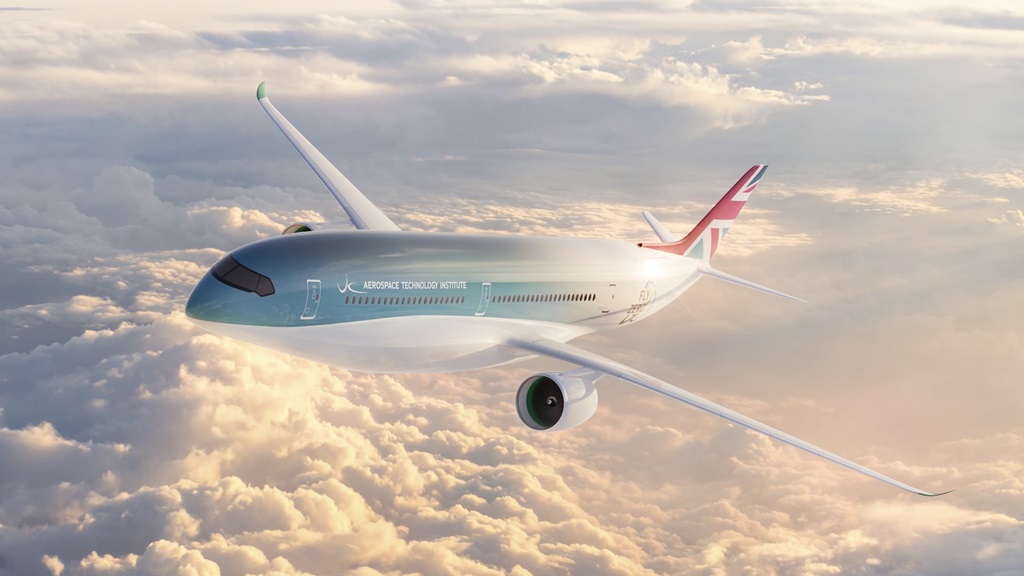
Throughout aviation history, there have been extraordinary feats of endurance, with planes covering vast distances without refueling.
A. Historical Milestones
From the early days of aviation to the present, there have been notable milestones in long-haul flights. These achievements have not only showcased technological prowess but have also contributed to shaping the future of air travel.
B. Notable Records Set by Specific Aircraft
Certain aircraft have etched their names in the record books for accomplishing unprecedented non-stop flights. Exploring these records provides insights into the capabilities of modern aviation technology.
Modern Aircraft and Their Flight Ranges
As technology continues to advance, modern aircraft are pushing the boundaries of flight range.
A. Commercial Airplanes
Commercial airliners, responsible for transporting millions of passengers globally, have seen significant improvements in their ability to cover long distances without refueling.
B. Military Aircraft
Military operations often require long-range capabilities for strategic purposes. Examining the flight ranges of military aircraft offers a different perspective on the endurance of planes.
C. Private Jets
For those who prefer private air travel, advancements in aviation technology have translated into extended flight ranges for private jets. This has implications for luxury travel and business aviation.
Technological Innovations
The quest for longer flight ranges has spurred technological innovations in the aviation industry.
A. Advancements in Fuel Efficiency
Continuous research and development have led to the creation of more fuel-efficient engines, allowing aircraft to maximize their range while minimizing fuel consumption.
B. Lightweight Materials
The use of lightweight materials in aircraft construction contributes to enhanced fuel efficiency. Modern planes incorporate advanced materials that strike a balance between durability and weight reduction.
C. Aerodynamic Improvements
Aerodynamics plays a crucial role in the efficiency of an aircraft. Ongoing efforts to refine aerodynamic designs contribute to reduced drag and increased overall performance.
Challenges in Extending Flight Range
Despite technological advancements, challenges persist in the pursuit of extending flight ranges.
A. Technical Limitations
Certain technical limitations, such as the energy density of current aviation fuels, pose challenges to achieving even greater flight ranges. Research is ongoing to address these limitations.
B. Economic Considerations
The cost of developing and implementing new technologies for extended flight ranges must be weighed against the potential benefits. Economic factors play a significant role in determining the feasibility of adopting such innovations.
C. Environmental Impact
Balancing the desire for extended flight ranges with environmental sustainability is a critical consideration. The aviation industry is exploring eco-friendly alternatives to mitigate its environmental footprint.
Future Prospects
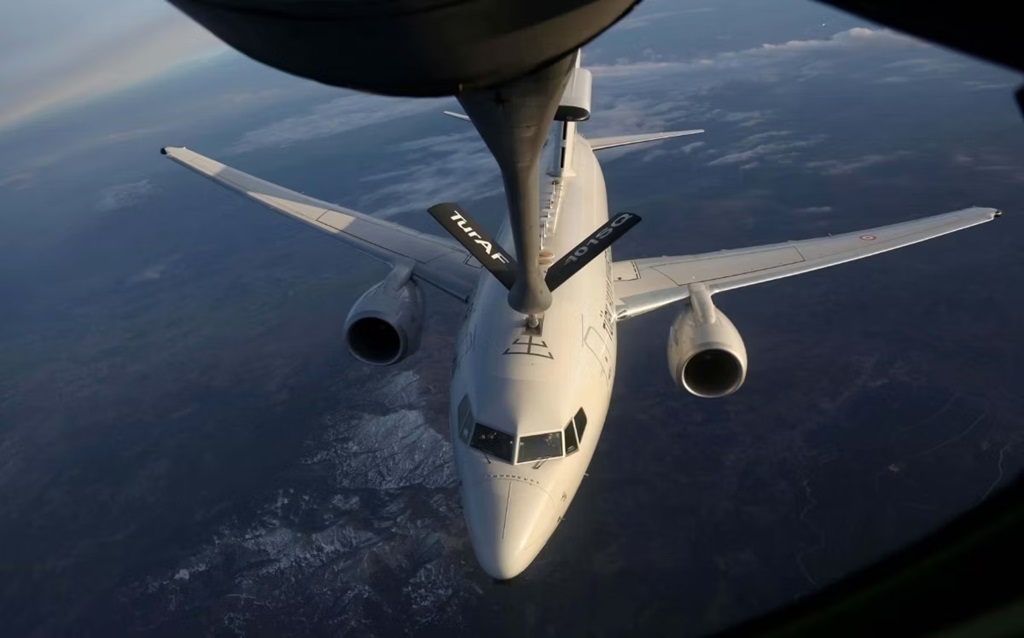
Looking ahead, the future of aviation holds exciting possibilities for extending flight ranges.
A. Emerging Technologies
Ongoing research and development in propulsion systems, materials, and alternative fuels are likely to yield breakthroughs that could revolutionize the aviation industry.
B. Potential Breakthroughs in Aviation
The pursuit of greater flight ranges may lead to unexpected breakthroughs, opening new frontiers in aviation. These breakthroughs could redefine what is currently considered the upper limit for non-stop flights.
Practical Implications
The extended flight range of aircraft has practical implications for various sectors.
A. Impact on Travel and Transportation
For travelers, the ability to cover longer distances without layovers translates into more efficient and convenient journeys. Understanding the impact on travel is essential for optimizing air transportation networks.
B. Military Applications
In military operations, the capability for long-range flights is strategically advantageous. The ability to deploy forces rapidly over great distances enhances a nation’s defense capabilities.
C. Environmental Sustainability
Balancing the convenience of extended flight ranges with environmental concerns is an ongoing challenge. The aviation industry is actively exploring sustainable practices to minimize its ecological impact.
Addressing Common Misconceptions
As with any complex topic, there are often misconceptions surrounding the flight range of aircraft.
A. Clarifying Myths About Aircraft Range
Dispelling common myths and misconceptions is essential for fostering a more accurate understanding of the capabilities and limitations of different types of aircraft.
B. Dispelling Inaccurate Information
In the age of information, misinformation can spread easily. Addressing inaccuracies related to aircraft flight ranges promotes a more informed discourse.
The Role of Pilots and Crew
Beyond technological considerations, the human element is crucial in ensuring the success of long-haul flights.
A. Training for Long-Haul Flights
Pilots undergo rigorous training to handle the challenges associated with extended flights. This includes managing fuel consumption, navigating diverse weather conditions, and ensuring passenger safety.
B. In-Flight Strategies for Fuel Conservation
The decisions made by pilots during a flight, such as altitude adjustments and route planning, can impact fuel efficiency. Understanding these strategies provides insights into the operational aspects of extended flights.
Real-Life Scenarios
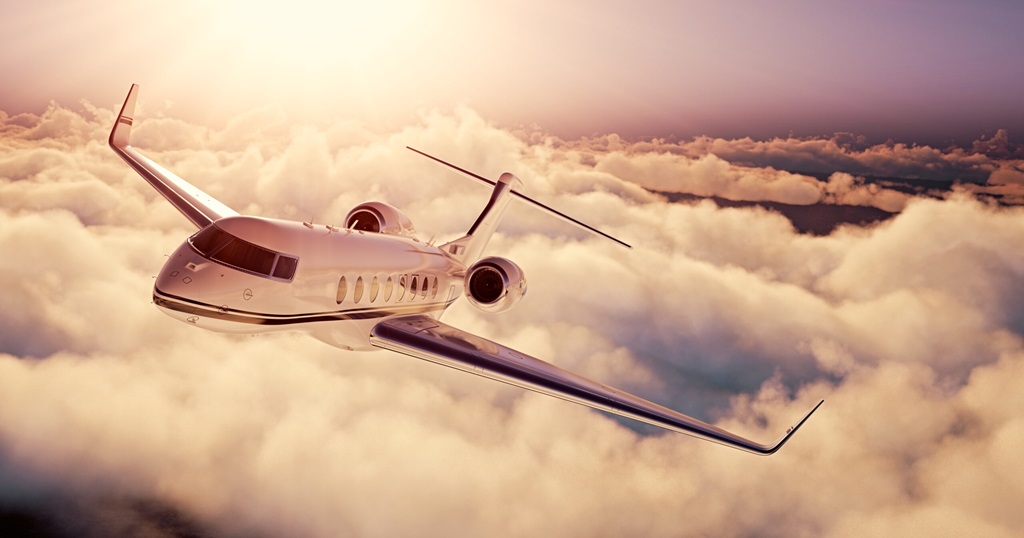
Examining real-life examples of extended flights offers a tangible perspective on the capabilities of modern aircraft.
A. Examples of Extended Flights
Highlighting instances where planes have covered remarkable distances without refueling provides concrete examples of the advancements in aviation technology.
B. Notable Achievements in Aviation History
Exploring historical achievements in aviation history sheds light on the progress made over the years and the continuous pursuit of pushing boundaries.
The Human Element in Long Flights
Long-haul flights not only pose challenges for the aircraft but also for the passengers and crew on board.
A. Psychological Challenges for Passengers
Extended periods of time in the air can pose psychological challenges for passengers. Strategies for mitigating these challenges contribute to a more comfortable travel experience.
B. Crew Management and Well-Being
Ensuring the well-being of the crew during long flights is paramount. Implementing measures to address fatigue and promote crew health is essential for safe and successful journeys.
Balancing Efficiency and Safety
While the desire for extended flight ranges is evident, it must be balanced with a commitment to safety.
A. Importance of Safety Protocols
Safety remains a top priority in aviation. The implementation of stringent safety protocols ensures that extended flights are conducted with the highest level of security.
B. How Efficiency Measures Impact Safety
Examining the intersection of efficiency measures and safety protocols provides insights into how advancements in technology can enhance both aspects of air travel.
Impacts on Global Connectivity
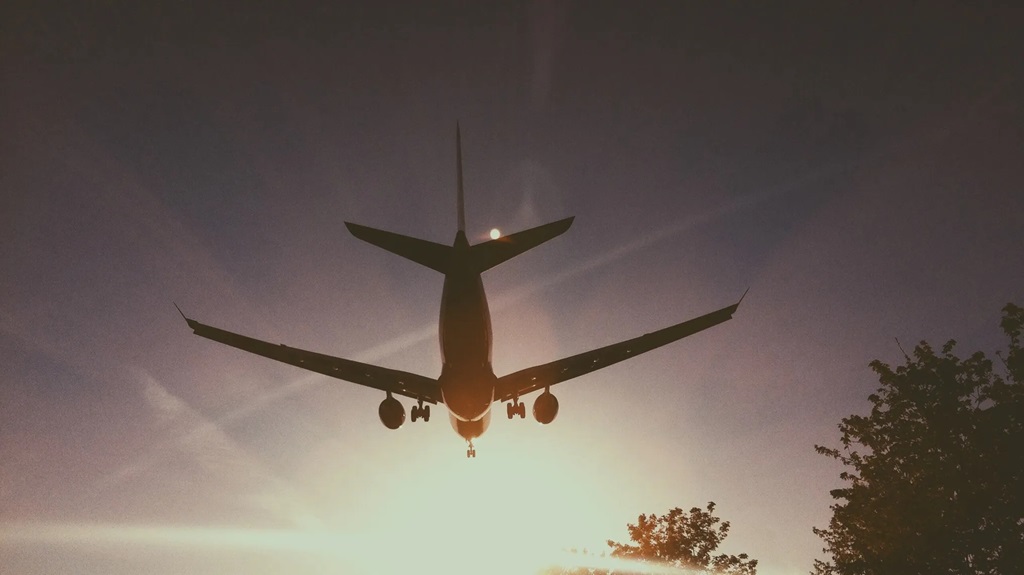
The ability of aircraft to cover vast distances without refueling has profound implications for global connectivity.
A. Enhancing International Travel
Extended flight ranges contribute to a more connected world, facilitating international travel and fostering cultural exchange.
B. Connecting Remote Regions
In regions with challenging geographical landscapes, the ability to cover long distances without refueling is instrumental in connecting remote areas to the global network.
Conclusion
In conclusion, the question of how long a plane can fly without refueling is multifaceted, involving technological, economic, and environmental considerations. As we continue to push the boundaries of aviation, the future holds exciting possibilities for even greater flight ranges. Balancing efficiency with safety and addressing common misconceptions will be crucial in shaping the future of air travel.
Frequently Asked Questions (FAQs)
Q: Are there any limitations to how far a plane can fly without refueling?
A: Yes, there are technical, economic, and environmental limitations that influence the flight range of aircraft.
Q: What is the role of pilots in ensuring long-haul flights are successful?
A: Pilots play a crucial role in training, decision-making during flights, and ensuring the well-being of passengers and crew.
Q: How do advancements in fuel efficiency contribute to longer flight ranges?
A: Continuous advancements in fuel efficiency technologies allow planes to cover longer distances with the same amount of fuel.
Q: Can private jets cover longer distances than commercial airliners?
A: In some cases, private jets designed for long-range travel can cover distances comparable to or even greater than commercial airliners.
Q: What are the environmental considerations associated with extended flight ranges?
A: Balancing the convenience of extended flight ranges with environmental sustainability is an ongoing challenge, and the aviation industry is actively exploring eco-friendly alternatives.

